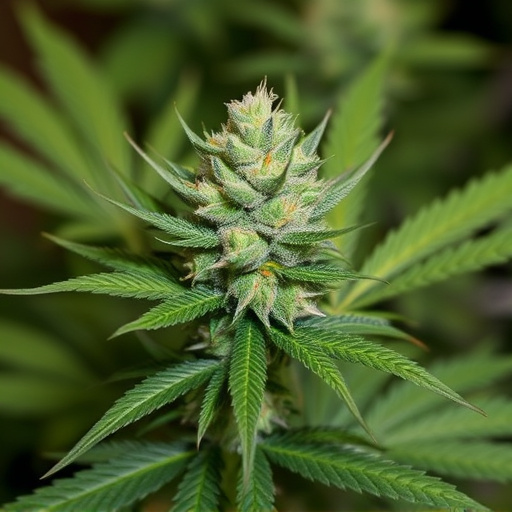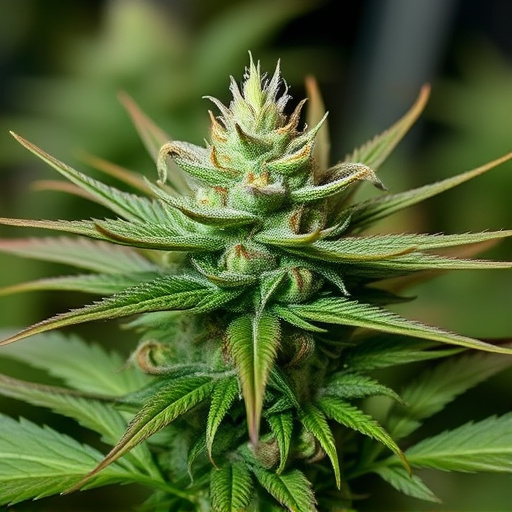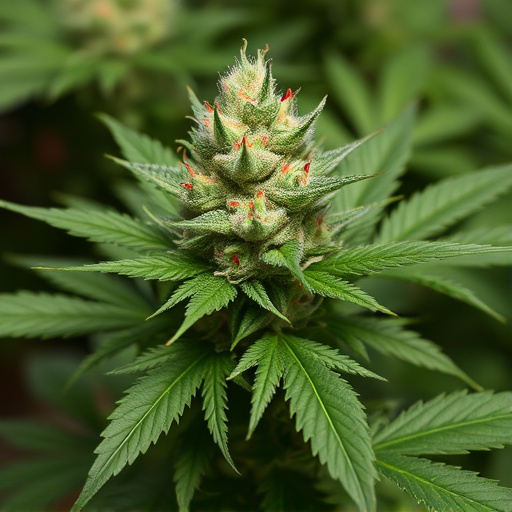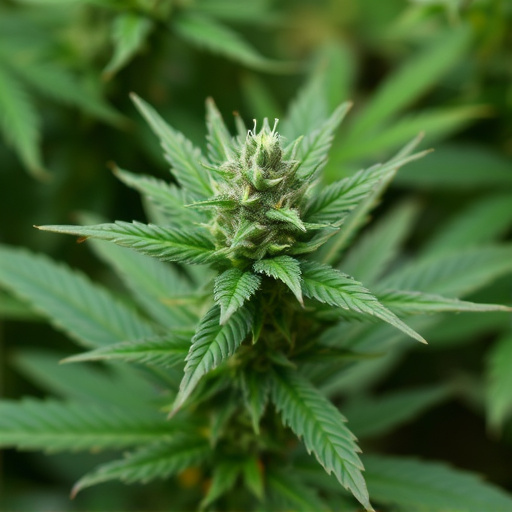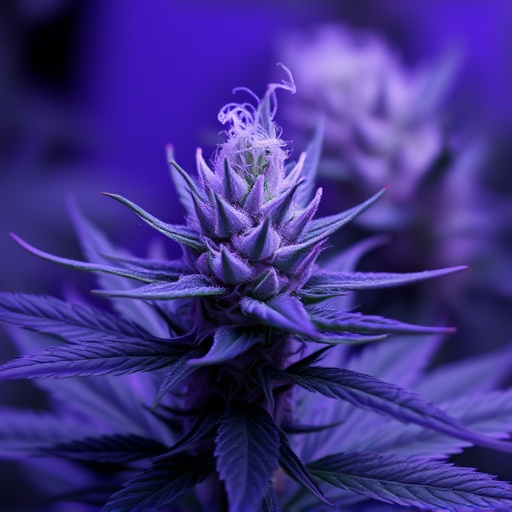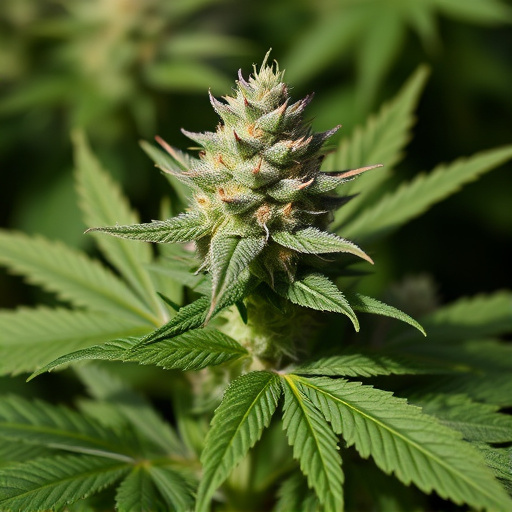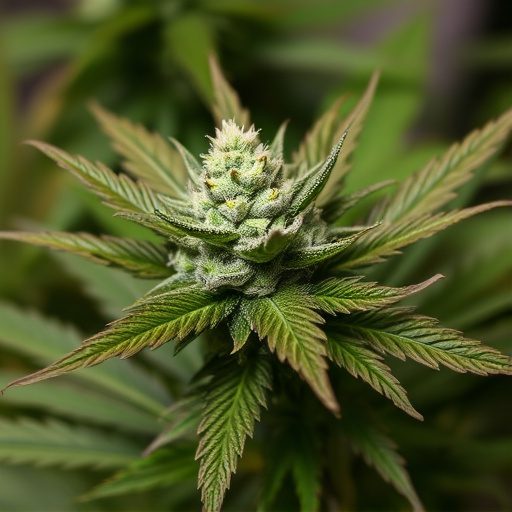Low odor cannabis strains are cultivated for reduced psychoactive properties while retaining valuable cannabinoids and terpenes, offering medicinal benefits without strong odors. These strains emphasize higher CBD levels over THC, ensuring therapeutic effects without undesirable scent. Terpenes, responsible for cannabis aromas, further enhance their medicinal properties by interacting with cannabinoids. Recognized by the medical community for addressing patient sensitivities and enabling discreet, controlled treatments, especially beneficial for chronic pain, anxiety, and PTSD. Scientific research highlights their anti-inflammatory, analgesic, and anti-anxiety effects, with CBD noted for reducing chronic pain and anxiety disorders.
Cannabis flowers have gained significant attention for their potential medical benefits, offering a natural approach to various health conditions. This article explores the fascinating world of cannabis, focusing on how its unique chemical composition contributes to therapeutic effects. We delve into the significance of low odor cannabis strains, which play a crucial role in modern medical applications, and examine scientific studies confirming its medicinal properties. By understanding these aspects, we can appreciate the growing interest in cannabis as a valuable resource for healthcare.
- Understanding Cannabis Flowers and Their Chemical Composition
- The Role of Low Odor Cannabis Strains in Medical Applications
- Scientific Evidence Supporting Cannabis' Medical Benefits
Understanding Cannabis Flowers and Their Chemical Composition
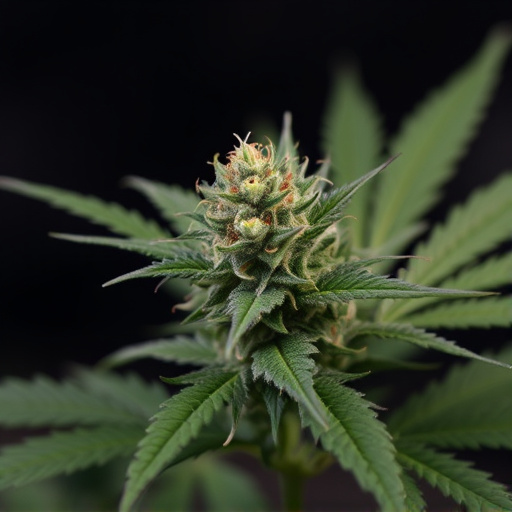
Cannabis flowers, also known as buds, are the most recognizable and potent part of the cannabis plant. They are rich in a diverse range of chemical compounds, including cannabinoids and terpenes, which contribute to their medicinal properties. Cannabinoids, such as THC (tetrahydrocannabinol) and CBD (cannabidiol), interact with the body’s endocannabinoid system to produce various therapeutic effects.
Low odor cannabis strains have been cultivated specifically for their reduced psychoactive properties, while still retaining beneficial cannabinoids and terpenes. These strains often emphasize higher levels of CBD relative to THC, which can provide medicinal benefits without the strong, sometimes undesirable, odors associated with more potent varieties. Terpenes, aromatic compounds responsible for the distinct smells of different cannabis varieties, also play a role in medicinal efficacy by enhancing or altering the effects of cannabinoids.
The Role of Low Odor Cannabis Strains in Medical Applications

In recent years, the medical community has acknowledged the therapeutic potential of low odor cannabis strains. These particular varieties are cultivated specifically to minimize unwanted aromas and flavors, making them more palatable for patients who may have sensitivities or prefer a discreet experience. The focus on low odor cannabis strains is not merely about aesthetics; it’s driven by the need to offer effective medical treatments without overwhelming sensory input.
This subtle yet significant aspect of cannabis cultivation has opened doors for various medical applications. Low odor strains can be particularly beneficial for patients undergoing treatment for conditions like chronic pain, anxiety, and post-traumatic stress disorder (PTSD). By reducing the intensity of odours, these strains allow for a more controlled and personalized medicine experience, enhancing patient compliance and overall therapeutic outcomes.
Scientific Evidence Supporting Cannabis' Medical Benefits

The scientific community has increasingly recognized the potential medical benefits of cannabis, particularly its flower, as a result of extensive research and growing public interest. Numerous studies have explored the various compounds within cannabis, known as cannabinoids, and their interactions with the human body’s endocannabinoid system (ECS). This system plays a vital role in maintaining homeostasis, or balance, within our bodies.
One compelling area of study focuses on low odor cannabis strains and their unique properties. These strains have gained attention due to their potential therapeutic effects without the intense psychoactive experiences associated with higher THC content. Research suggests that specific cannabinoids present in these strains can offer anti-inflammatory, analgesic (pain-relieving), and anti-anxiety benefits. For instance, CBD (cannabidiol) has been extensively studied for its ability to reduce chronic pain and anxiety disorders, making it a popular choice among patients seeking alternative treatments.
Cannabis flowers, with their intricate chemical composition, offer a wealth of medical benefits, especially through the use of low odor cannabis strains. These strains, while subtle in aroma, pack a powerful punch therapeutically. Scientific evidence highlights cannabis’ potential in various medical applications, from managing pain and reducing inflammation to aiding mental health conditions. By understanding the unique properties of cannabis flowers and exploring specific strains, patients can navigate their treatments with confidence, reaping the benefits nature provides.


